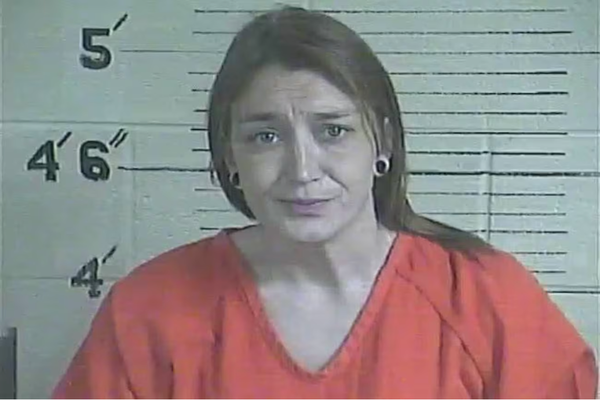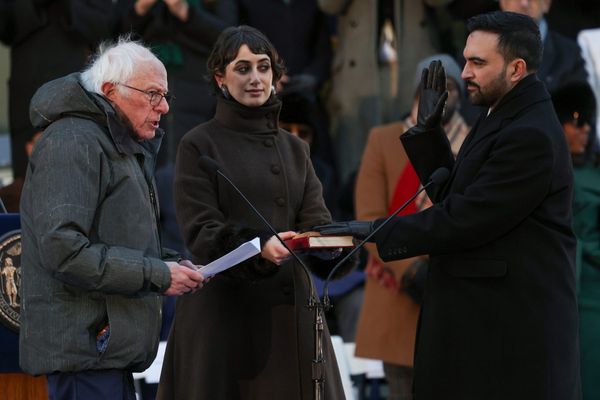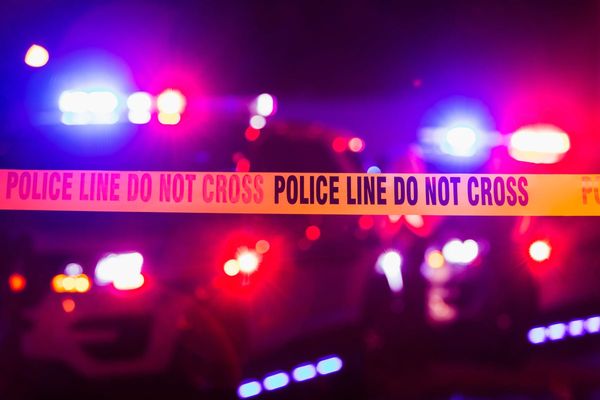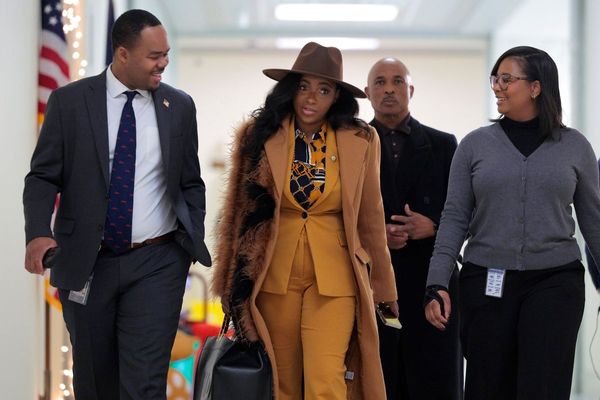
Security cameras are everywhere now, even in quiet neighborhoods. Many homeowners associations (HOAs) install surveillance cameras in common areas, and some even ask residents to share footage from their own doorbell or driveway cameras. But what actually happens to all that video? Who watches it, and why? If you live in an HOA community, you might wonder how your surveillance footage is used, who has access, and what your rights are. Understanding these details can help you protect your privacy and know what to expect if something happens in your neighborhood.
1. Reviewing Footage After an Incident
Most HOAs don’t watch surveillance footage all day. Instead, they review it when something happens. If there’s a break-in, vandalism, or a suspicious person, the HOA board or property manager may check the cameras to see what was recorded. This is the most common use of surveillance footage. The goal is to find out what happened, when, and who was involved. Sometimes, the HOA will ask residents to share footage from their own cameras if the incident happened near their home. If you’re ever asked for your footage, you can decide whether to share it, unless your HOA rules say otherwise.
2. Sharing Footage With Law Enforcement
When a crime or serious incident occurs, HOAs often share surveillance footage with the police. Law enforcement may request video to help with an investigation. In some cases, the HOA will hand over footage right away, especially if there’s a clear threat to safety. Other times, police may need a warrant or written request. If you’re concerned about privacy, check your HOA’s policy on sharing footage. Some HOAs notify residents when footage is given to police, but not all do.
3. Monitoring for Rule Violations
Some HOAs use surveillance footage to enforce community rules. This can include checking for parking violations, unauthorized use of amenities, or improper trash disposal. If your HOA has strict rules, it might use cameras to spot violations and issue warnings or fines. This use of footage can feel intrusive, especially if you’re not aware it’s happening. Ask your HOA how they use cameras for rule enforcement. If you feel uncomfortable, you can raise your concerns at board meetings or request more transparency.
4. Resolving Neighbor Disputes
Disagreements between neighbors happen. Sometimes, surveillance footage helps settle arguments about property lines, noise complaints, or damage to shared spaces. The HOA may review the video to see what really happened. This can prevent false accusations and help everyone move on. But it can also make people feel watched. If you’re involved in a dispute, you can ask if there’s footage that might clarify the situation. Just remember, not all cameras catch every angle, and sometimes the video isn’t clear.
5. Deterring Crime and Misconduct
The presence of cameras alone can discourage bad behavior. Many HOAs install visible cameras to make people think twice before breaking the rules or committing a crime. Even if footage is rarely reviewed, knowing it exists can help keep the community safer. This is one of the main reasons HOAs invest in surveillance systems.
6. Storing and Deleting Footage
HOAs don’t keep surveillance footage forever. Most systems automatically delete old video after a set period, often 30 to 90 days. This helps manage storage costs and protects privacy. If you need footage for a specific reason, ask the HOA as soon as possible. Once footage is deleted, it’s usually gone for good. Some HOAs have clear policies about how long they keep video and who can request it. If yours doesn’t, suggest they create one.
7. Handling Requests From Residents
Residents sometimes ask to see footage, especially if their car was damaged or a package went missing. HOAs may allow this, but there are limits. Privacy laws and HOA policies often restrict who can view video and for what reasons. You might need to submit a written request or explain why you need the footage. If your request is denied, ask for the specific reason. Knowing the process ahead of time can save frustration if you ever need access.
8. Protecting Privacy and Data Security
Surveillance footage can include sensitive information. HOAs have a responsibility to protect this data from misuse or leaks. Good HOAs use secure systems, limit access to authorized people, and train staff on privacy rules. If you’re worried about who can see your footage, ask about security measures. You can also check if your state has laws about video surveillance in residential communities. If you think your privacy has been violated, you may have legal options.
9. Using Footage for Community Improvements
Sometimes, HOAs use surveillance footage to spot patterns or problems in the community. For example, they might notice that a certain area is prone to accidents or that lighting is poor in a parking lot. This information can help the HOA make improvements, like adding lights or changing traffic flow. If you have ideas for using footage to make your neighborhood safer, share them with the board.
What This Means for You as a Homeowner
Surveillance footage is a tool, not a cure-all. HOAs use it to solve problems, enforce rules, and keep the community safe. But it also raises questions about privacy and trust. The best way to protect yourself is to know your HOA’s policies, ask questions, and stay involved. If you’re not comfortable with how footage is used, speak up. Your voice matters in shaping how your community handles surveillance.
Have you ever had to request surveillance footage from your HOA? How did it go? Share your story in the comments.
Read More
How security cameras in cars are creating legal complications
8 smart home features that are easy for hackers to bypass
The post How Do Homeowners Associations Really Use Your Surveillance Footage? appeared first on Clever Dude Personal Finance & Money.







